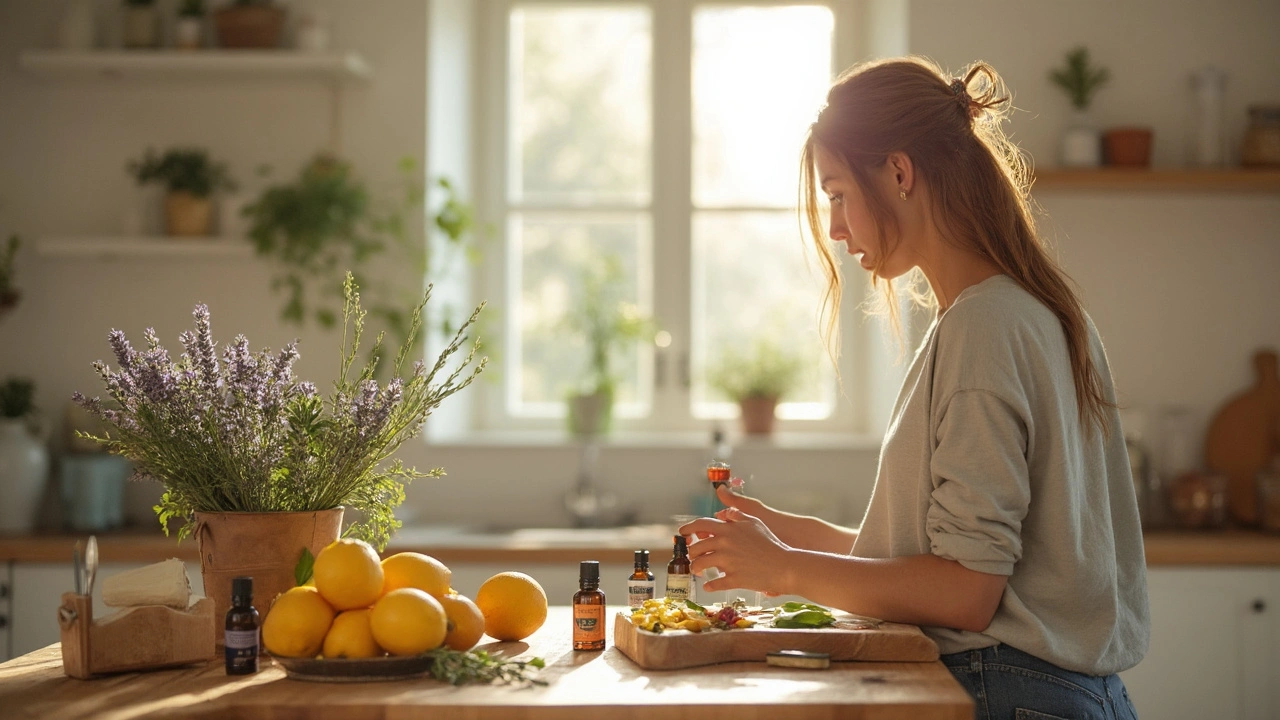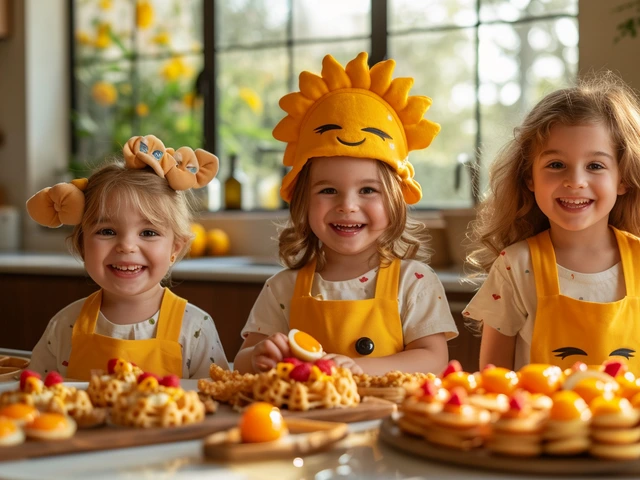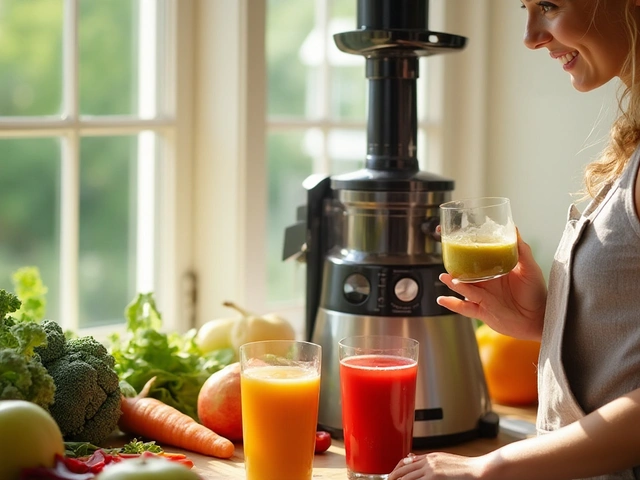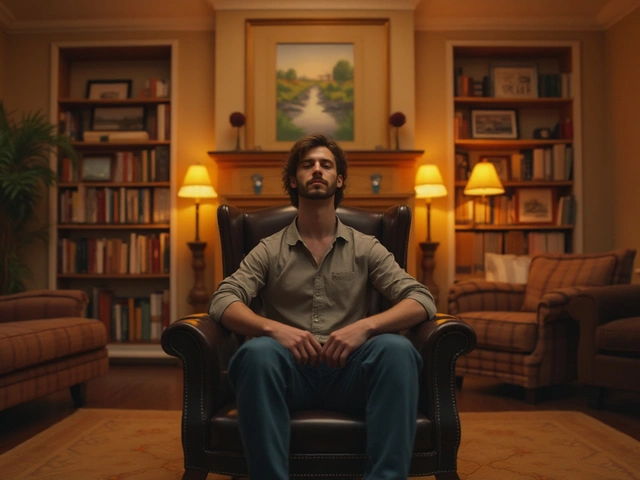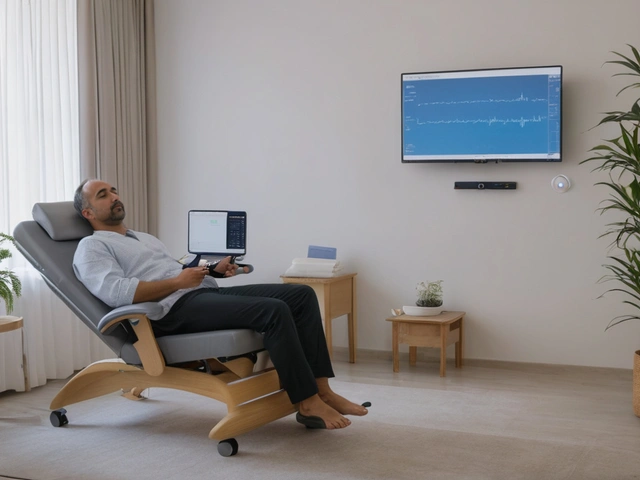Picture this: a small glass bottle, a few drops of oil, and suddenly your mood—or even your whole day—just feels lighter. Sounds almost magical, right? Aromatherapy has exploded into beauty shops, spas, and even workplace wellness plans. You've probably seen someone inhaling lavender in yoga class or maybe your own mom swears by peppermint when she has a headache. But how much of this is actually backed up by science and not just wishful thinking? That’s what we’re digging into here, busting through hype to get to what really works, what doesn’t, and the safest ways to get started.
The Science (and Hype) Behind Aromatherapy
So, what exactly is aromatherapy? At its core, aromatherapy is the use of essential oils from plants, flowers, barks, or fruits for health purposes—usually through smell or skin application. These oils aren’t just fancy perfumes; they carry molecules that travel from your nose straight to the brain’s limbic system, which chips in on emotions, memory, and even heart rate. Some folks will tell you essential oils are a cure-all. But let's hit pause and look at the real evidence.
There’s solid research showing certain essential oils can influence our moods, especially for stress or mild anxiety. One standout, lavender, has been shown in a study from Wesleyan University to help people fall asleep faster and get better rest. Another good one, peppermint oil, can reduce headache pain for some people, according to a 2016 review published in Cephalalgia—that’s a fancy headache journal, if you’re curious.
But aromatherapy isn't a silver bullet. For example, using oils to kill serious germs or treat major illnesses flat out doesn’t work. Plant oils do have some antimicrobial properties (that’s why they’re in cleaners) but rubbing eucalyptus on your feet isn’t going to kick a case of flu. The National Center for Complementary and Integrative Health, or NCCIH, gives it straight—aromatherapy is mostly best used for mood, stress, relaxation, and sometimes as backup for mild symptoms.
Let’s pull out a few data points. Here’s a quick look at four common oils and their main scientifically-supported uses:
| Essential Oil | Main Use | Evidence Base |
|---|---|---|
| Lavender | Stress, sleep, anxiety | Multiple clinical trials |
| Peppermint | Headache relief, nausea | Several clinical reviews |
| Eucalyptus | Congestion relief | Small clinical studies |
| Tea Tree | Minor skin issues (like acne) | Laboratory and limited clinical studies |
What about safety? Here's the scoop—essential oils are super concentrated. If you dump a few drops straight onto your skin, you could get a nasty rash. Young kids, pets, pregnant women, and anyone with allergies should go slow. Always dilute oils and do a patch test. I had to learn this the hard way after my daughter Coralie tried a homemade eucalyptus rub, and her skin broke out—lesson learned, always check first!
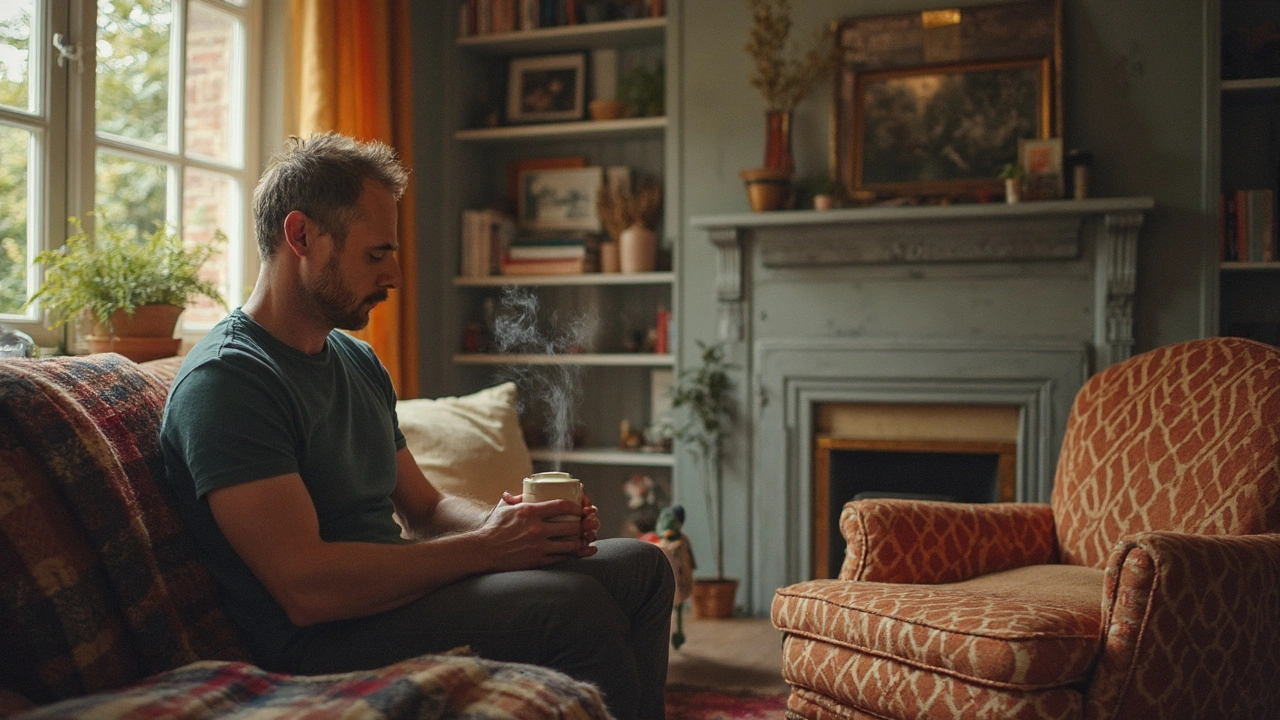
The Most Popular Essential Oils and How to Actually Use Them
Walk down any health store aisle, and it’s easy to get overwhelmed—eucalyptus, sandalwood, lemon, ylang-ylang…what even is ylang-ylang? Let’s keep it simple and run through the big hitters, when they shine, and real ways to put them to use.
- Lavender: Think of this as the chill-out king. Good for winding down after work or if you can’t sleep. Pop a few drops in a diffuser, or mix with a carrier oil and dab on your pulse points.
- Peppermint: Got a tension headache? A diluted peppermint oil rub on the temples is a go-to. You can try it in the shower, too—steam + peppermint makes for a seriously energizing wake-up.
- Eucalyptus: If your nose is clogged, breathing in steam with a drop of eucalyptus can clear things up. Just don’t use this one around super young kids (under three). Their lungs are more sensitive.
- Lemon: Adding a dash of lemon oil to homemade cleaners will leave your place smelling fresh and might even help with concentration while studying or working. But don’t put undiluted citrus oils on your skin—sunburn risk is real.
- Tea Tree: Known for fighting some minor skin annoyances. People dab diluted tea tree on the occasional pimple or use it to freshen up yoga mats and gym shoes.
If you’re more hands-on, try making an easy room spray. Grab a small glass spray bottle, fill it with water, add ten drops of your favorite essential oil, and shake well. You’ve got fresh-smelling air in seconds, without fake perfumes. My girls, Coralie and Aislinn, love mixing their own sprays before sleep—lavender and orange are crowd-pleasers in our house.
You don’t need a fancy diffuser. Try the old trick of dropping oil on a cotton ball, or put a few drops in a steaming bowl of water and breathe gently. For showers, sprinkle 2-3 drops of oil onto a washcloth and toss it in while the hot water runs. Make sure you keep any oils away from your eyes, and don’t ingest them—yes, people try this online, but it’s not safe.
If you want to get creative, DIY blends can target your needs. For stress relief, blend 4 drops lavender, 2 drops bergamot, and 1 drop clary sage in 2 tablespoons carrier oil. Or, for a focus boost, try peppermint and rosemary. Always store oils out of reach of kids and away from heat or sunlight. Some can last years if kept cool and dark. There’s a world of mixes to discover, but less is often more. Overdoing it can actually irritate your skin or lungs.

Choosing, Storing, and Getting the Most from Aromatherapy
All essential oils are not created equal—fake or diluted versions are all over the market. When you buy, check for details. Good brands list the plant’s Latin name, country of origin, and distillation date. If it only says “fragrance,” skip it. Real essential oils are usually in dark glass bottles and have a strong, recognizable scent. Don’t be fooled by cheap prices; true essential oils take a lot of plant material to make. For example, a single pound of rose oil needs nearly 10,000 pounds of rose petals. That’s another reason why rose oil is super pricey!
Storing your oils right means you get more bang for your buck. Keep them in a cool, dry spot away from sunlight—bathroom cabinets work well. Always keep bottles tightly sealed so the oils don’t evaporate. If you’re mixing oils, use clean glass or stainless steel containers. And try to jot down your recipes in a notebook or on your phone so you can repeat blends that hit the spot.
You can mix up your aromatherapy routine anywhere. At work, sneak a rollerball blend in your desk drawer for a mid-afternoon energy shot (lemon or peppermint). At home, diffuse chamomile oil in the kids’ rooms to help with bedtime wind-down—our family’s tried this on those nights when getting everyone settled feels like herding cats. When traveling, a cotton pad dabbed with lavender stuffed in your pillowcase can help make hotel beds feel a little more like home.
One pro tip: if you get bored of one scent, rotate your oils every week or two. This helps you figure out what really lifts your mood, since your sense of smell adapts quickly and you might “go nose blind” to your favorites.
Some folks take aromatherapy up a notch and combine it with other wellness habits. Pairing oil blends with meditation can deepen relaxation, and adding them to foot soaks or massage oil can turn a basic self-care night into something pretty special. Just remember: less is often more. I learned after getting overzealous one Saturday, dropping too much oil into a bath—let’s just say, itchy skin is a rude surprise when you’re trying to relax.
Aromatherapy isn’t about miracle cures. It’s about small, concrete shifts—calmer evenings, more restful sleep, an easier stomach during car rides—that build a better mood or add a quiet pleasure to your daily grind. Used wisely, it’s simple, pretty affordable, and, when all’s said and done, just a bit more satisfying than spraying some mystery “spring breeze” air freshener around the house. Give it a try, find what works for you, and go from there.

